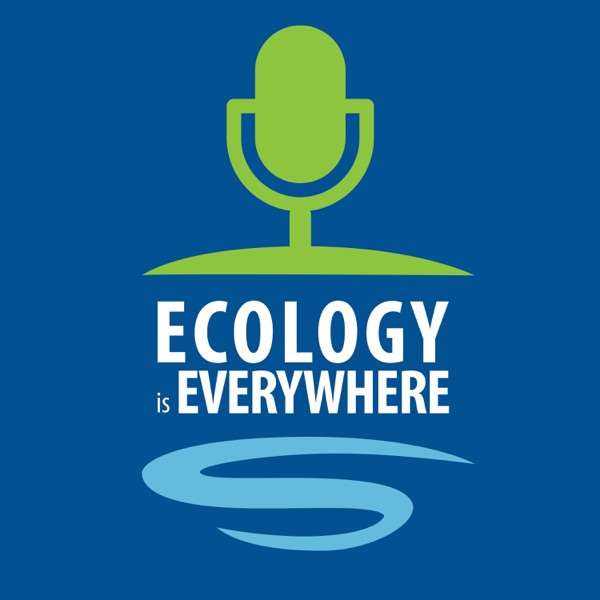"Sumatra is like a fossil relic of rare species...a giant, rhino horn-shaped island blanketed in the richest rainforest you can imagine...there's nothing like it," one of our guests declares.
The 6th largest island in the world and the 2nd largest economy in Indonesia, Sumatra is the only place in the world where you can you find tigers, elephants, rhinos and orangutans all living together in an incredibly rich landscape of rainforests that, until recently, were largely untouched by human activities.
But that's changing rapidly, and this new biweekly series from Mongabay Explores dives into what's special about Sumatra, its amazing biodiversity heritage, and what's at stake as forests fall for uses like oil palm plantations, mines, and hydropower dams. We'll also discuss positive trends for conservation and solutions that meet human and nonhuman needs.
Host Mike DiGirolamo speaks with two guests: Rudi Putra, a biologist who won the Goldman Environmental Prize for his inspiring conservation work in Sumatra and who now serves as chairman of the Leuser Conservation Forum, plus Greg McCann, a biologist and Assistant Professor at Taiwan's Chang Gung University, whose People Resources and Conservation Foundation team is exploring and documenting the incredible richness of Sumatra so that it can be better conserved.
View all of Mongabay's news coverage from Sumatra here, visit Rudi Putra's organization Leuser Conservation Forum's website to learn more about their work, and Greg McCann's organization PRCF has multiple projects in Indonesia described here (and details on the project in Dolok Simalalaksa/ Hadabuan Hills he discusses are here).
We now offer a free app in the Apple App Store and in the Google Store for this show, so you can have access to our latest episodes at your fingertips, please download it and let us know what you think via the contact info below.
If you enjoy the Newscast, please visit www.patreon.com/mongabay to pledge a dollar or more to keep the show growing, Mongabay is a nonprofit media outlet and all support helps! Supporting at the $10/month level now delivers access to Insider Content at Mongabay.com, too, please visit the link above for details.
See all our latest news from nature's frontline at Mongabay's homepage: news.mongabay.com or find us on Facebook, Twitter, and Instagram by searching for @mongabay.
Please invite your friends to subscribe to the Mongabay Newscast on the Google Podcasts app, Apple Podcasts, Android, Stitcher, via Pandora or Spotify, or wherever they get podcasts.
Series theme song "Putri Tangguk" is inspired by traditional Indonesian gamelan music and licensed via POND5.
Episode artwork: Sunset over Sumatran rainforest by Rhett Butler/Mongabay.
Feedback is always welcome: submissions@mongabay.com.

 Our TOPPODCAST Picks
Our TOPPODCAST Picks  Stay Connected
Stay Connected







